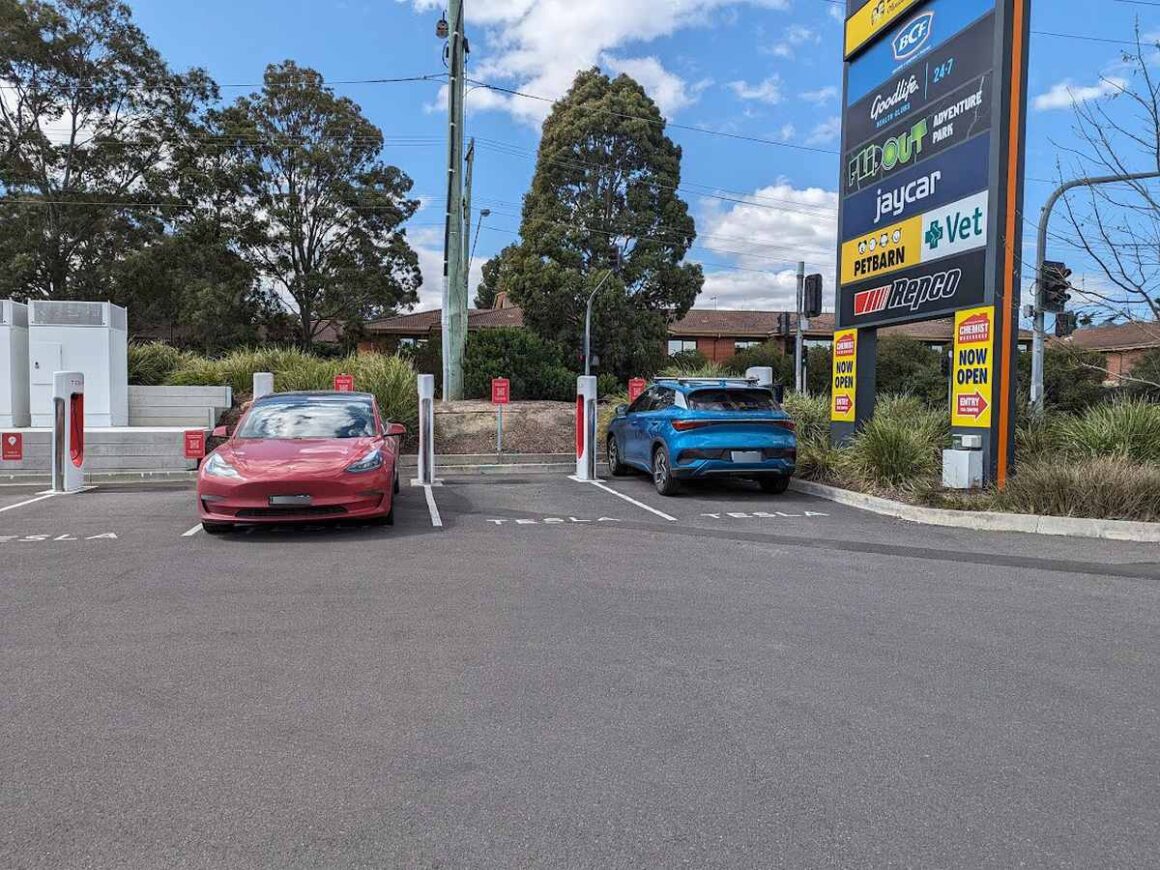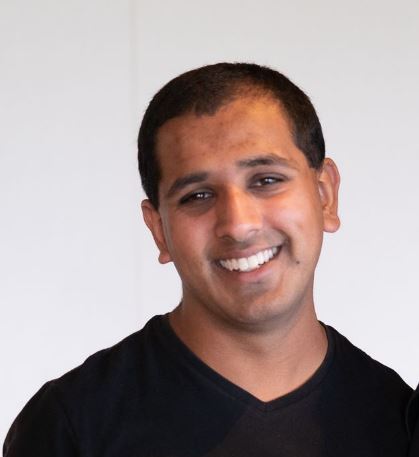BYD’s Dolphin, Australia’s most affordable electric car, began its deliveries just over a month ago. Since then hundreds of customer-delivered electric hatchbacks have made it onto the roads.
Now, one recent Dolphin owner and reader of The Driven, ARM, has tested the Dolphin at a Tesla supercharger to see if the newly delivered BYD vehicle would charge at the site. After testing the car, ARM shared it on X.
In the test, the BYD Dolphin Premium was able to get speeds of 59.7 kW at 85% state of charge.
lOOk … i IS a tEsLa! @TeslaCharging pic.twitter.com/ndThhKyPKf
— ARM (@13arm13arm) November 24, 2023
The charging speed is quite good given the high state of charge since the Dolphin Premium has a maximum charging speed of 80 kW.
With a starting price of $44,890, this variant comes equipped with a 60.48 kWh blade battery pack that can deliver up to 427 km of WLTP driving range.
On the entry-level Dynamic, this DC charging speed is likely to be lower as the maximum charging speed for that variant is 60 kW. It also has a 25% smaller battery pack, offering 44.9 kWh.
This comes after BYD Atto 3 owners reported that the vehicle was having trouble initiating a charge at Tesla supercharger sites that are now open to non-Tesla vehicles.

Back in August, Tesla opened 30 supercharger sites to all EVs. At that time, it nearly made up 50% of the total sites Tesla had commissioned.
The move was welcomed by the EV community in general, particularly given that the Tesla network is clearly the most reliable with an uptime of more than 99.5 per cent.
On top of this, Tesla sites have multiple charging bays, meaning that – outside of peak holiday periods – there are rarely any queues.
One drawback of charging a non-Tesla EV at the supercharger is the high price charged to charge a non-Tesla vehicle. In the case of the Dolphin at the supercharger in NSW, it was 85c/kWh.
ARM commented on the pricing by saying: “It was just a trial to see if it worked, at 85c/kWh it’s a bit too much.” This is nearly double what it would cost to charge at most public 50 kW chargers. (Superchargers are considerably faster, depending on the vehicle model).
On the flip side, non-Tesla EVs now have a much larger network of charging stations with Tesla superchargers allowing reliable charging on road trips.
With more BYD EVs making it to Australian roads in November, this news will come as a relief for many who are looking at taking the new Dolphin on road trips this coming summer.

Riz is the founder of carloop based in Melbourne, specialising in Australian EV data, insight reports and trends. He is a mechanical engineer who spent the first 7 years of his career building transport infrastructure before starting carloop. He has a passion for cars, particularly EVs and wants to help reduce transport emissions in Australia. He currently drives a red Tesla Model 3.


